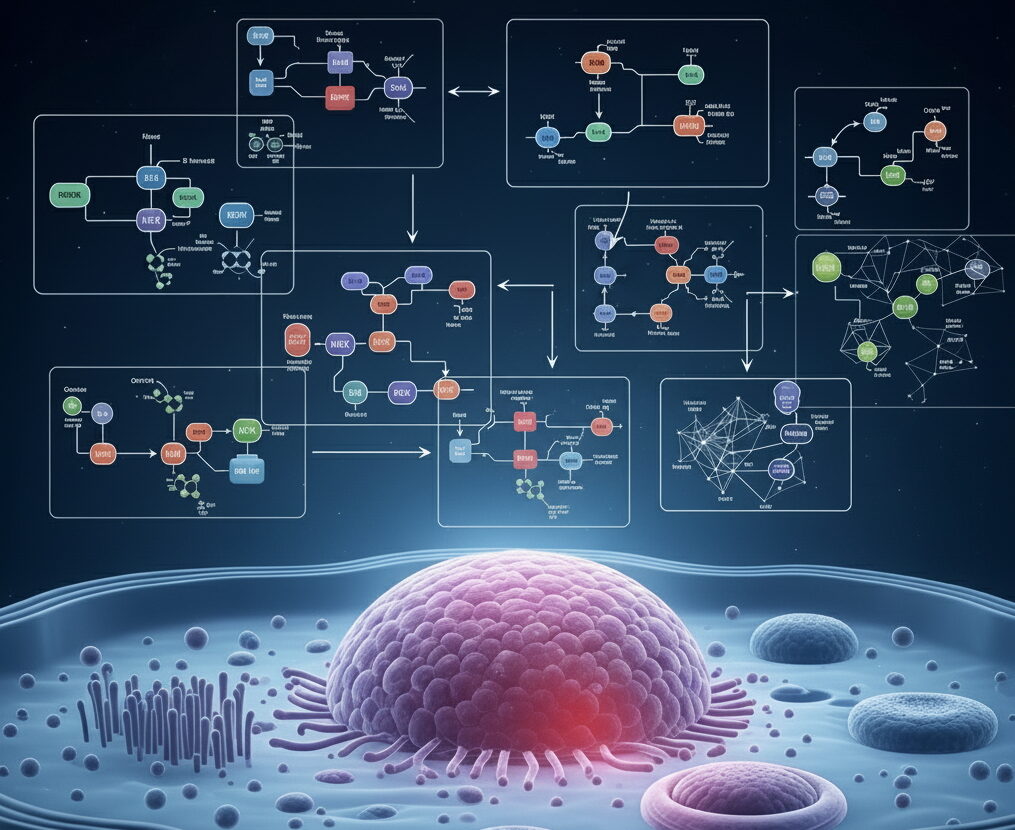A new sensor aims to make stitches smarter
Collaborators

Physical therapy is often referred to as part science and part art. Therapists must understand joint and muscle function, but rely heavily on previous experience and patient feedback when rehabilitating injuries. Traditional muscle and joint strength tests to objectively assess joint function may be useful towards the end of rehabilitation, but therapists don’t have many options for making measurements at the early stages. Kaylee M. Myers and Keat G. Ong, PhD at the University of Oregon set out to enable physical therapists to better monitor tendon and ligament loads during early stages of physical therapy by creating a small, implantable sensor.
The sensor, just a third the size of a penny, is designed to be sewn into surgical sutures. The researchers tested the sensor in a small mechanical system they set up in their lab. They applied different loads to the sutures to mimic the forces a person might apply to their joints while moving. The loads caused the sutures to stretch and bend the sensor. As the sensor bent, it wirelessly transmitted data on how much force the sutures experienced to a small receiver.
The experiments showed the sensor was able to accurately measure forces applied to the sutures over a small number of repetitions. The next step is to test how well the sensor can measure loading over a greater number of loading cycles, since tendons and ligaments undergo thousands of motions during healing. The researchers hope to eventually enable physical therapists to make more informed decisions during injury rehabilitation to return patients back to their favorite activities more quickly.
This study is part of Dr. Ong’s work with the Wu Tsai Human Performance Alliance at the University of Oregon. His ultimate goal is to develop biodegradable sutures for use in orthopedic surgeries that can provide new data to study sports injury and recovery.
Latest News

September 23, 2025
In sprinting, where the foot lands may be key to speed

September 17, 2025
Cyclists with similar power use different muscle strategies

September 15, 2025
A new framework for trusting modeling predictions in biology
Get Engaged
Join our mailing list to receive the latest information and updates on the Wu Tsai Human Performance Alliance.
